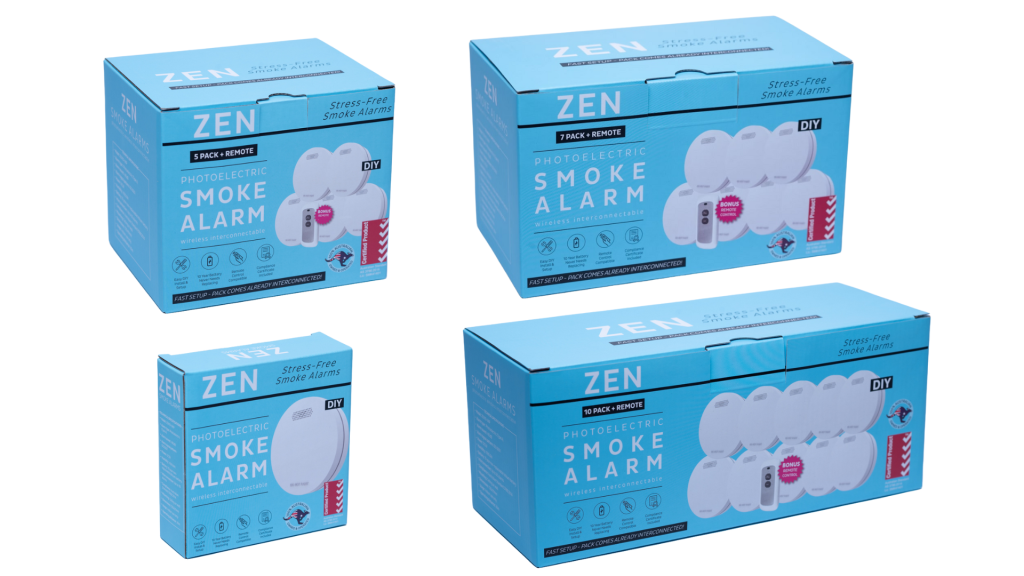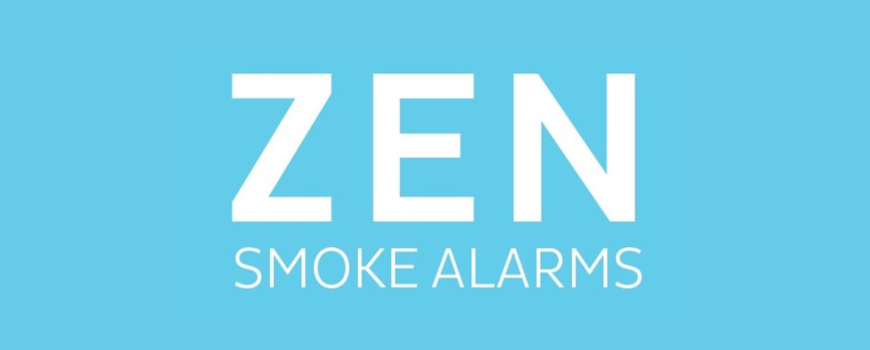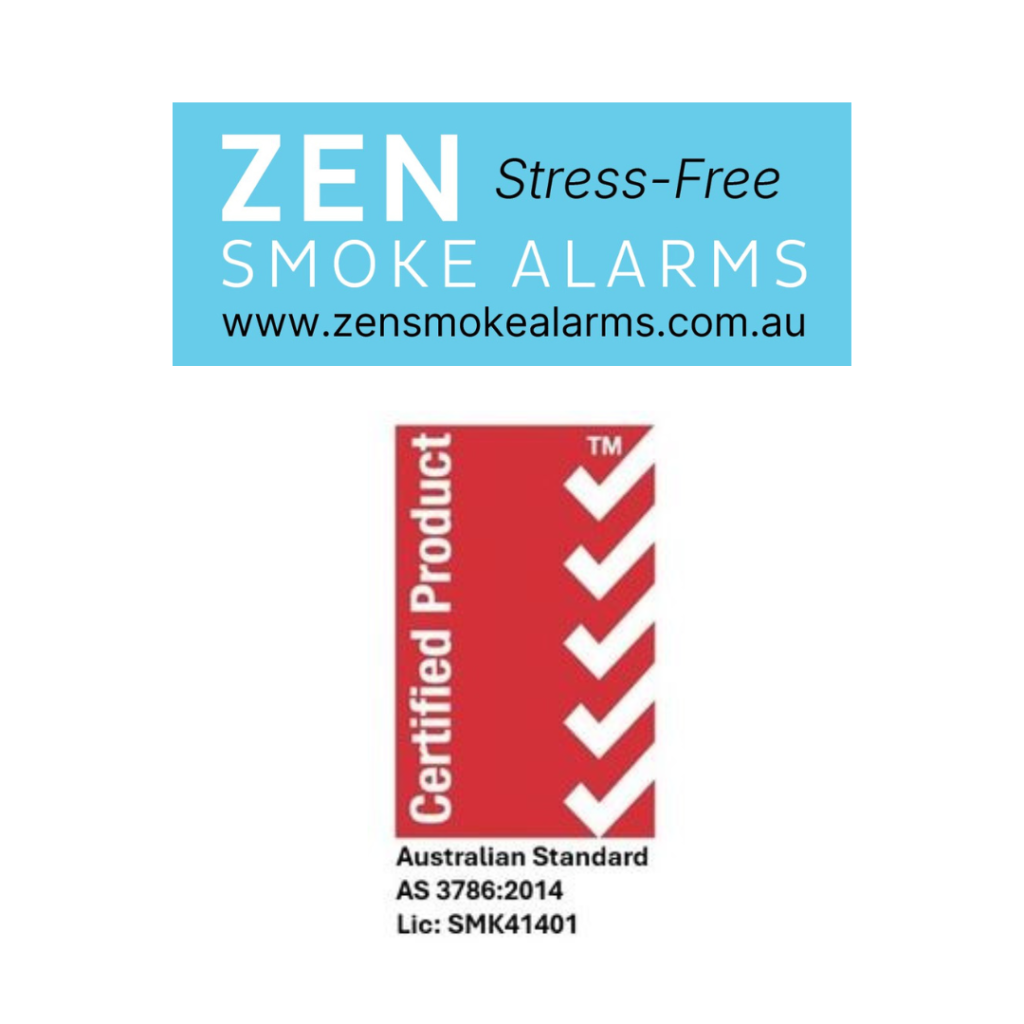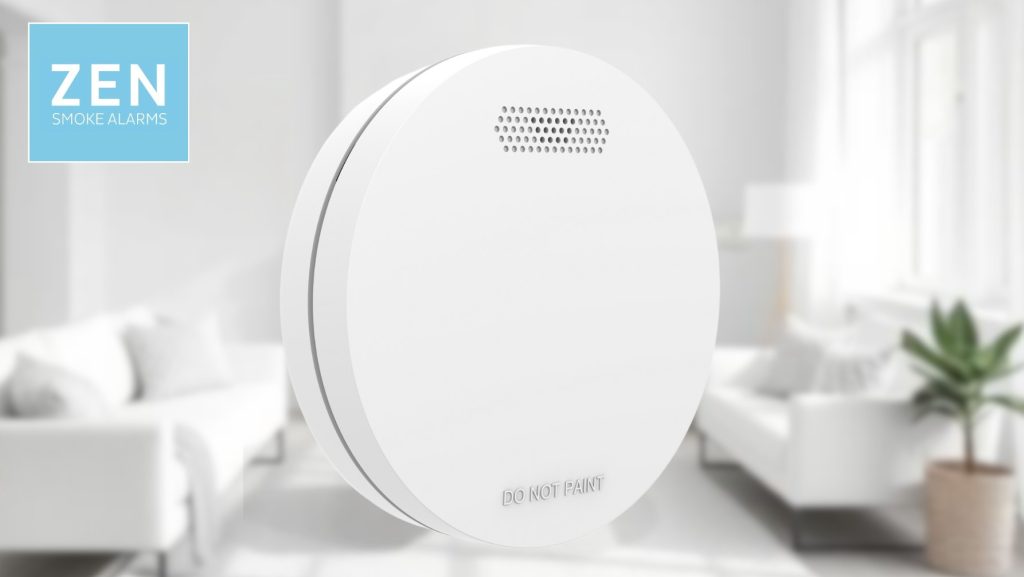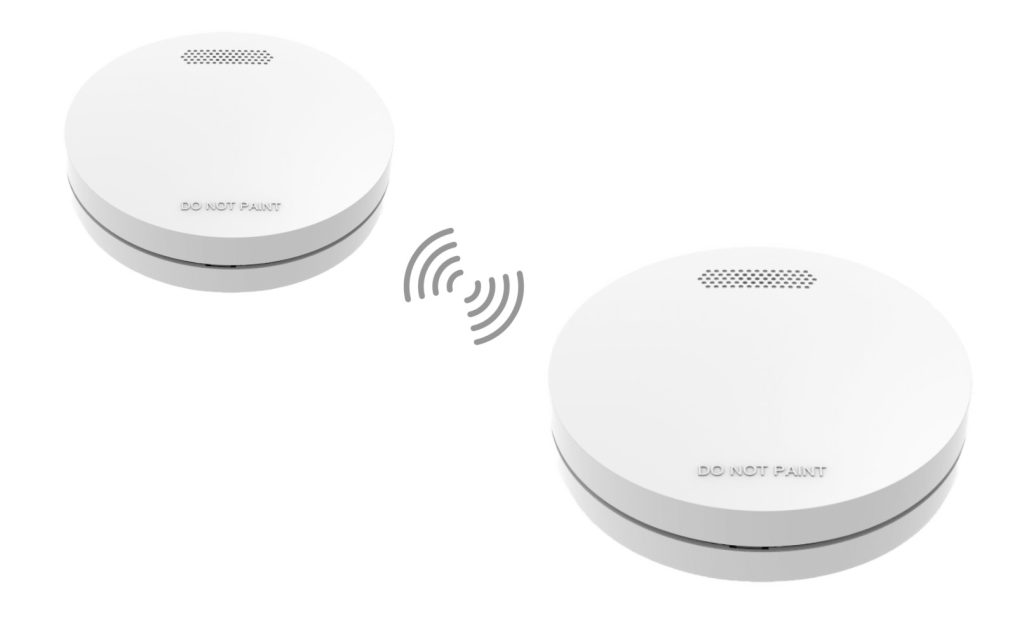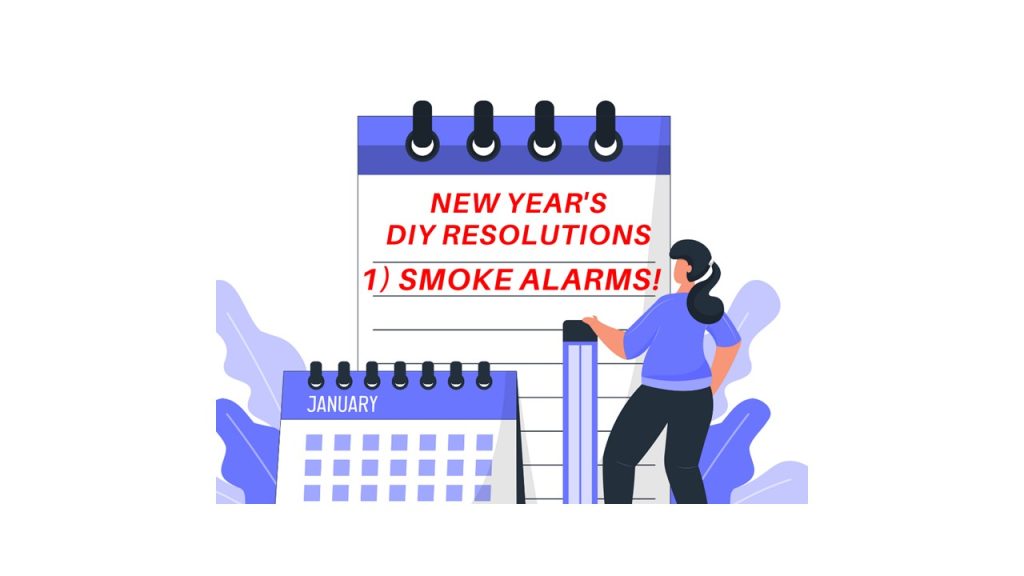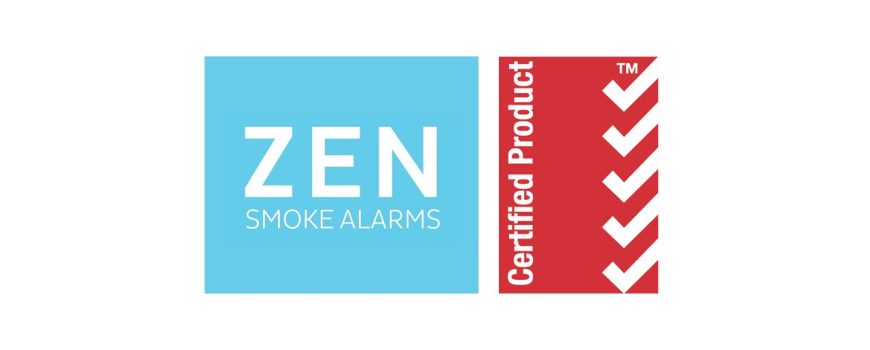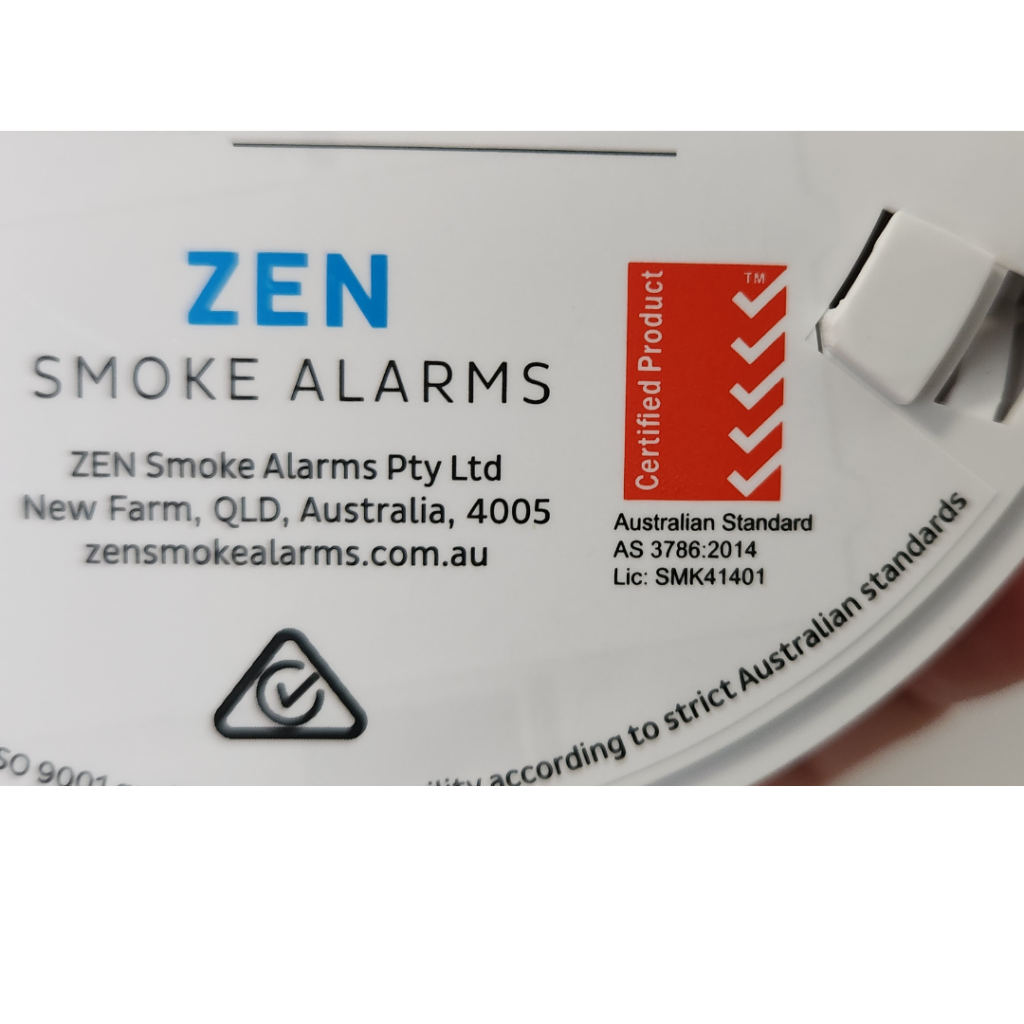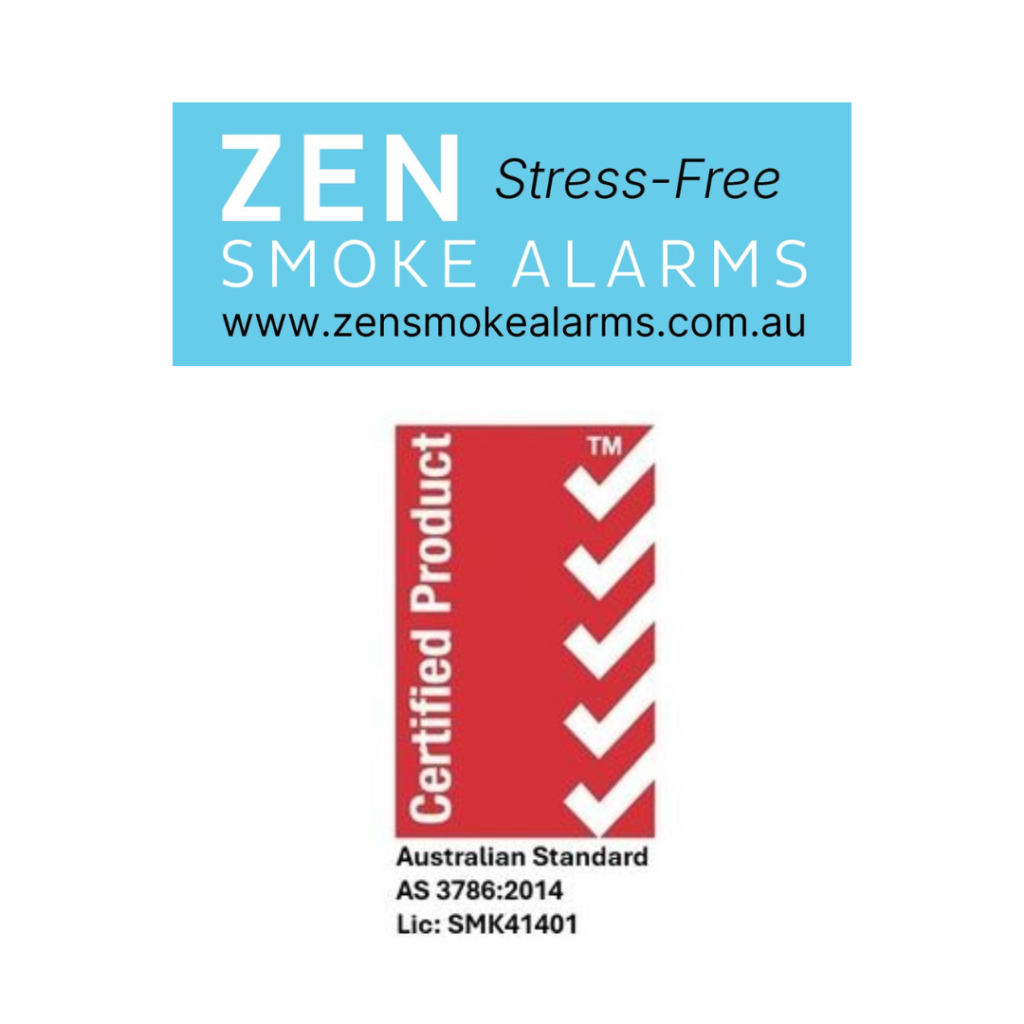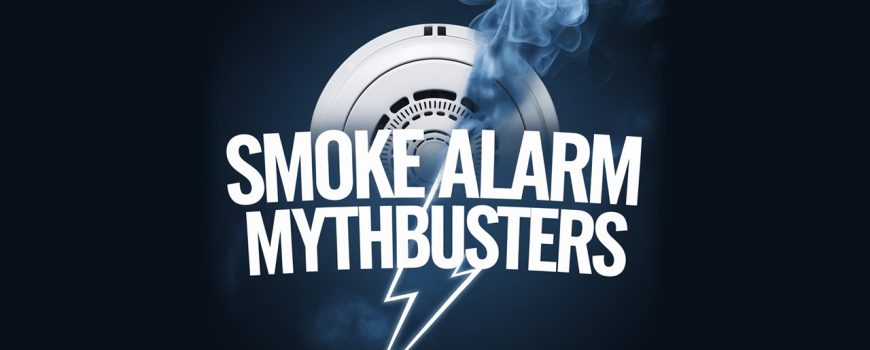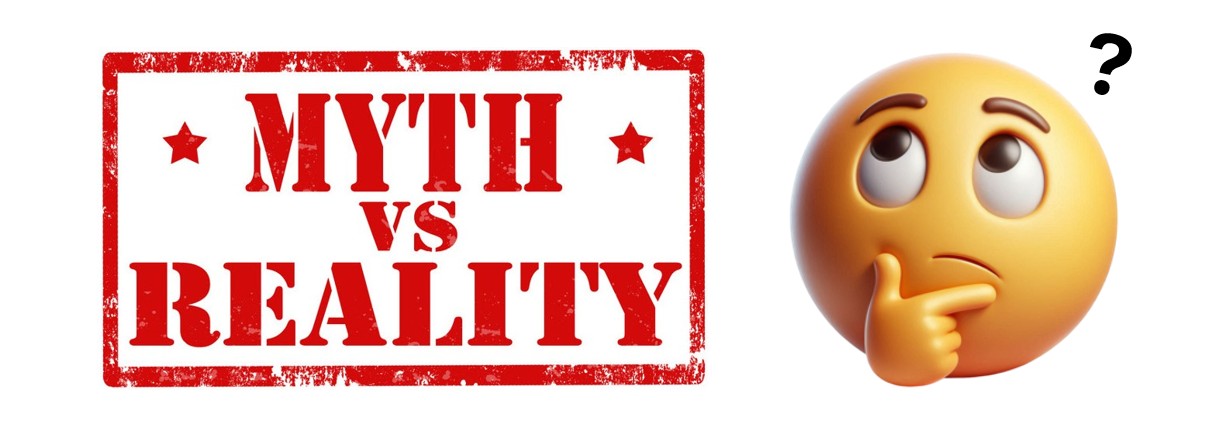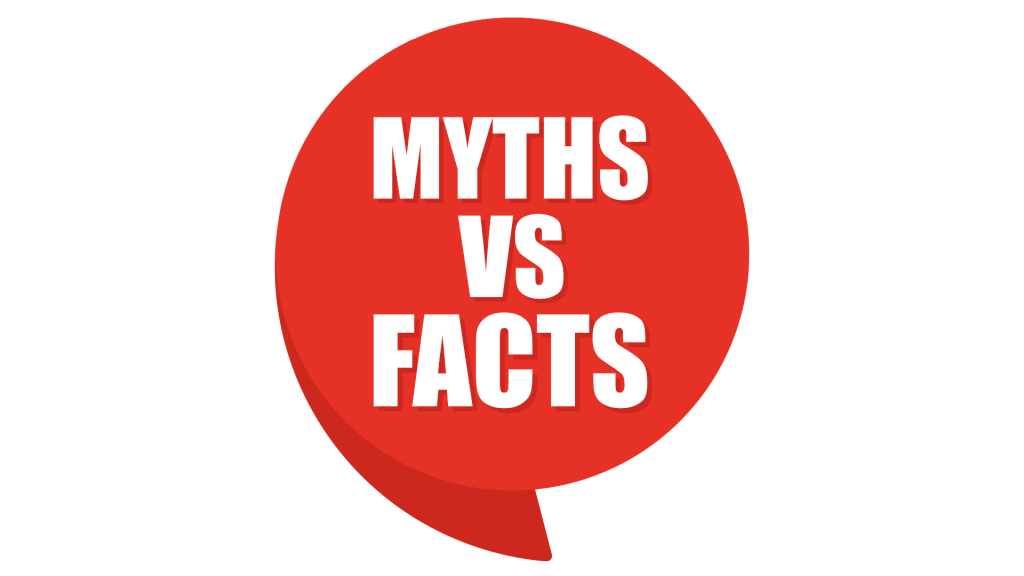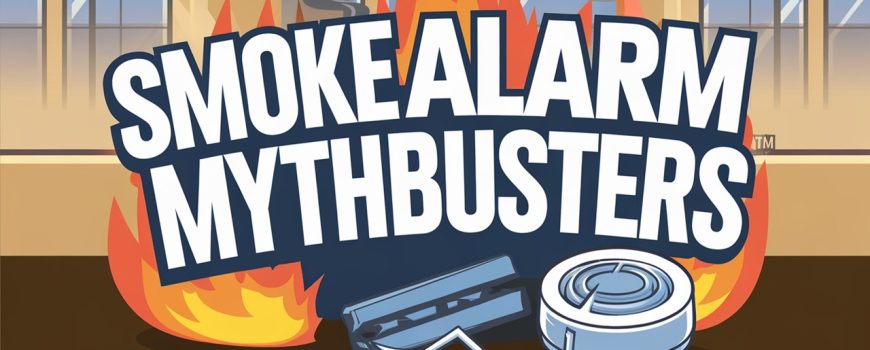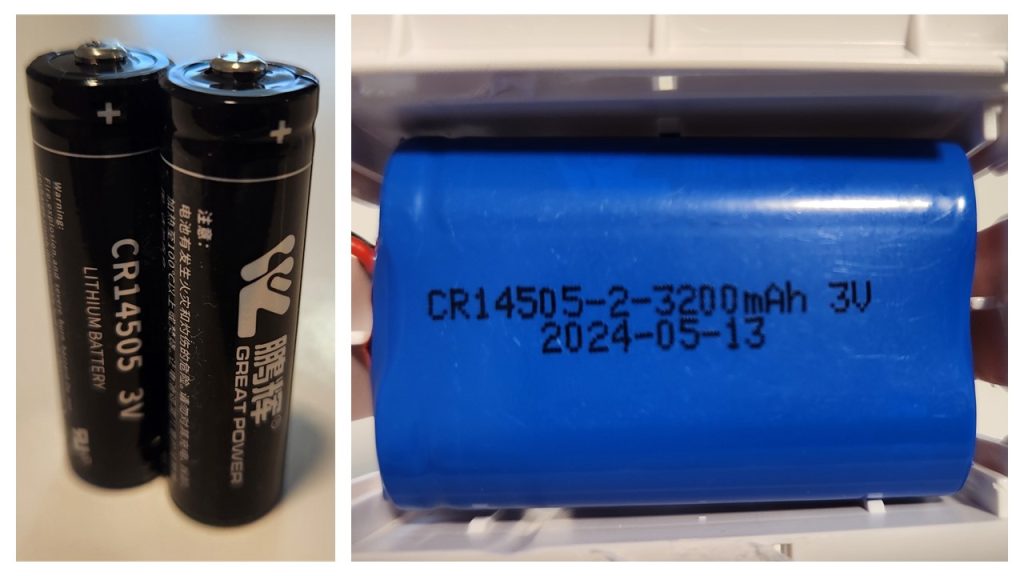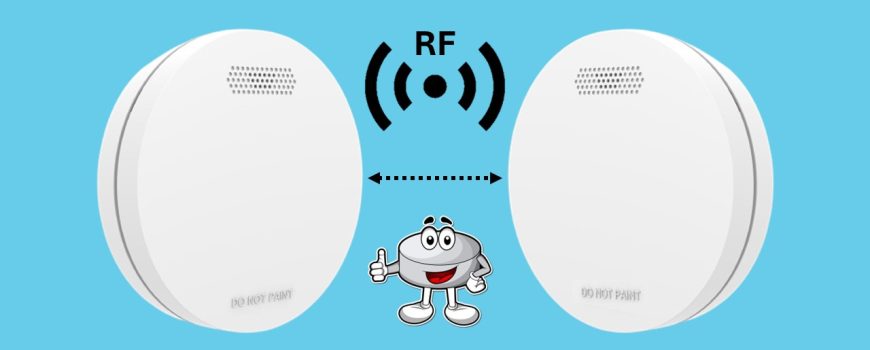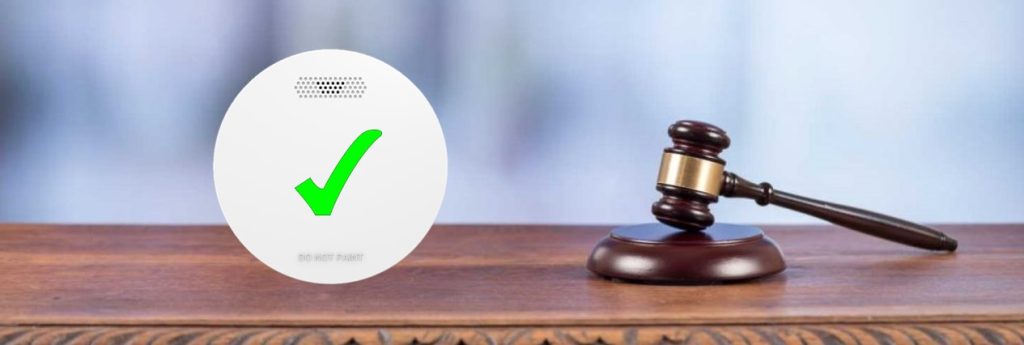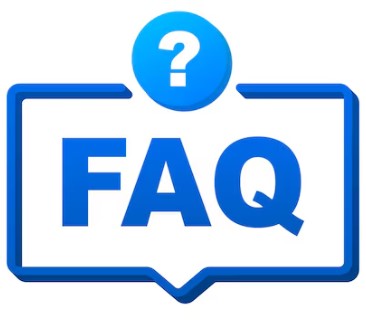If you’re searching for reliable smoke alarms and wondering, are ZEN Smoke Alarms worth it?, you’re not alone. With fire safety regulations tightening across Australia—especially in Queensland—many homeowners, landlords, and renters are seeking smoke alarm systems that are both compliant and easy to self-install. In this detailed guide, we provide one of the most comprehensive ZEN Smoke Alarm reviews to help you decide if this Australian-owned brand is the right choice for your home.
What Are ZEN Smoke Alarms, And Are ZEN Smoke Alarms Worth It?
ZEN Smoke Alarms are modern, photoelectric smoke detectors designed for Australian homes. Fully certified to AS 3786:2014, they are ideal for homeowners in Queensland where interconnected, photoelectric smoke alarms are now legally required in every bedroom, hallway, and on each level of a home.
What sets ZEN apart is their DIY-friendly, wireless interconnected design, making them one of the most convenient options on the market. With a sealed 10-year lithium battery and no need for Wi-Fi or electricians, they provide dependable protection with minimal hassle. Their alarms come pre-linked in bundle packs, meaning you can install and activate them in just minutes.
The company also offers helpful guidance on legislation compliance, so you won’t feel left in the dark if you’re unsure about what your home needs. This kind of support is especially valuable for landlords and property managers trying to meet state-mandated requirements.
ZEN Smoke Alarm Reviews: Key Features
Many ZEN Smoke Alarm reviews highlight the features below as the reasons they chose this system:
✅ Photoelectric Sensor Technology
All ZEN alarms use photoelectric sensors, which are faster at detecting slow-smouldering fires common in bedrooms and living areas. They’re also less likely to cause nuisance alarms from cooking or steam, making them more practical for everyday living.
✅ Wireless Interconnection
One alarm goes off, they all do. ZEN alarms interconnect wirelessly without the need for Wi-Fi, helping ensure the whole household hears the alert during an emergency. This is especially important in multi-story homes or houses with children or elderly residents who may not hear a single alarm in another part of the house.
✅ 10-Year Sealed Battery
A built-in lithium battery lasts for 10 years, removing the need to change batteries annually and eliminating the annoying midnight low-battery chirps. This feature adds long-term value and convenience while meeting the requirements for both homeowners and rental properties.
✅ Easy Self-Installation
Pre-linked in the box and ready to go, ZEN alarms are ideal for anyone who wants to install their smoke alarms quickly and easily without hiring a professional. Clear instructions and all required parts are included in each bundle, making setup straightforward even for non-technical users.
✅ Remote Control Included
Each bundle pack includes a remote control, allowing you to test or silence all alarms from the ground—no ladders or button pressing required. This feature is particularly helpful for elderly users or those with mobility issues.
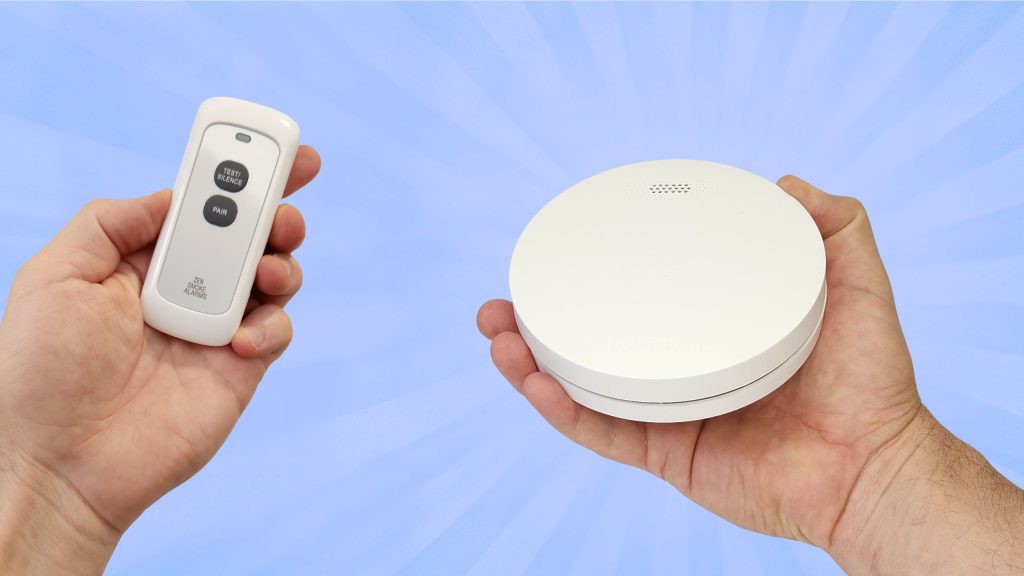
Are ZEN Smoke Alarms Worth It?
The big question is: are ZEN Smoke Alarms worth it? Let’s break it down. First, consider compliance. For Queensland residents, ZEN alarms meet all legislative requirements, making them a stress-free choice for homeowners and landlords. Second, think about safety. Photoelectric and interconnected alarms are proven to offer better protection during fires, and ZEN provides both. Third, value. While the initial price of ZEN bundle packs may be slightly more than standalone alarms from hardware stores (think Bunnings), the inclusion of a 10-year battery, wireless setup, and remote control offers excellent value.
If you’re asking, are ZEN Smoke Alarms worth it?, think about what you’re really buying: not just a smoke detector, but a complete, stress-free safety system designed specifically for Australian standards. The added convenience of a wireless and fully pre-connected setup not only saves time but also reduces installation costs that can come with traditional 240V hardwired alarms.
Another often-overlooked point is maintenance. With ZEN’s 10-year battery and no hardwiring, there’s no need to worry about yearly battery replacement or electrical wiring checks. This ease of use and low maintenance is something customers regularly praise in their ZEN Smoke Alarm reviews.
Who Should Buy ZEN Smoke Alarms?
According to numerous ZEN Smoke Alarm reviews, these alarms are best suited for:
- Queensland homeowners needing to meet 2027 legal requirements
- Landlords and property managers updating rental properties
- Families wanting reliable, interconnected smoke alarms
- DIYers looking to avoid electrician fees
- Anyone replacing old ionisation alarms with safer photoelectric models
- Elderly homeowners who want simple, reliable protection with no maintenance
- New home builders or renovators looking for a future-proof solution
Because ZEN Smoke Alarms are pre-connected and ready to go straight out of the box, they’re also ideal for people who may feel overwhelmed by technical setup. Many reviews highlight how quick and painless the installation process is, especially when compared to hardwired alternatives.
Customer Service & Support
A major highlight in ZEN Smoke Alarm reviews is the personalised Australian-based support. Unlike other smoke detector brands, ZEN is an Australian business run by people who genuinely care. Customer enquiries are handled directly by the owner, Christian, who provides knowledgeable advice and fast, friendly support.
Having real, local service is especially appreciated by customers who may have questions about compliance, installation, or troubleshooting. This level of support adds an extra layer of reassurance that you’re dealing with a brand committed to both safety and customer satisfaction, and helps answer the question ‘Are ZEN Smoke Alarms worth it?
Pros and Cons
Pros:
- Fully QLD compliant (AS 3786:2014)
- Photoelectric, wireless, and interconnected
- No electrician or Wi-Fi needed
- 10-year battery = zero battery changes
- Remote control included FREE in all ZEN bundle packs
- Easy self-install in minutes
- Local Australian customer service
- Strong reputation backed by positive ZEN Smoke Alarm reviews
Cons:
- Not compatible with old wired ionisation alarms
- Slightly higher upfront cost than basic single units
- Available online (not in retail stores)
Final Verdict: Are ZEN Smoke Alarms Worth It?
In short, yes. If you’ve been asking yourself, are ZEN Smoke Alarms worth it?, the answer is a confident yes based on safety, compliance, convenience, and long-term value. They’re especially ideal for Queensland homes, where legislative changes make interconnected photoelectric alarms essential.
When you factor in their easy DIY-install, wireless tech, and 10-year lifespan, ZEN Smoke Alarms are a standout option. Combine that with glowing ZEN Smoke Alarm reviews and excellent local support, and you have a product that’s genuinely built to protect Australian families.
So the next time someone asks, are ZEN Smoke Alarms worth it?, you’ll know the answer—they’re not only worth it, but they may also be one of the smartest fire safety investments you can make.

Where to Buy
Ready to make the switch? You can buy ZEN Smoke Alarms from Harvey Norman Online, MyDeal or for the best prices you can buy directly from the official website: 👉 www.zensmokealarms.com.au
Shipping is free Australia-wide for all ZEN bundle packs, and bundle packs come pre-interconnected with bonus extras like a free remote control. It’s a complete safety solution, straight out of the box.
So, are ZEN Smoke Alarms worth it? For most Australian homeowners and landlords, the answer is yes. With wireless interconnection, 10-year batteries, and compliance with QLD laws, they offer excellent value and protection. If you’ve been asking, are ZEN Smoke Alarms worth it?, just look at the features, low maintenance, and trusted Australian support. Based on performance and glowing reviews, the verdict is clear—are ZEN Smoke Alarms worth it? Absolutely. And if you’re still unsure, ask yourself one final time: are ZEN Smoke Alarms worth it? Yes, they are.

Want to know more? Watch our ZEN Smoke Alarm YouTube channel or call us on 0478 596 402 today
We love talking smoke alarms!
ZEN Interconnected Smoke Alarms
New Farm, QLD, 4005




